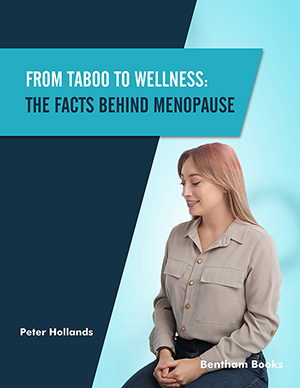
Abstract
Background: About 70% of gynecological consultations for women in perimenopause are due to metrorrhagia. In most cases, they are only the witness of hormonal disturbances resulting from a luteal deficiency. Transvaginal ultrasound is the first innocuous and available additional examination that is requested as part of an etiological assessment.
Objective: Our study aims to evaluate the contribution of ultrasonography in perimenopausal metrorrhagia and investigate possible clinical-ultrasound correlation.
Methods: This analytical descriptive study was carried out on 50 treated for perimenopausal metrorrhagia in the emergency department of the Tunis Maternity and Neonatology Center for four months (November 1, 2017, to February 28, 2018). We included in our study patients who were not yet postmenopausal who were ≥ 45 years of age, and who sought care for breakthrough bleeding. All patients in our study initially underwent endovaginal ultrasonography, sometimes coupled with suprapubic ultrasonography.
Results: The mean age of our patients was 46.3 years. Pelvic ultrasonography revealed an enlarged uterus in 16 patients (32%), with 14 of them having fibromatous uteri measuring between 3 to 10 centimeters. The findings indicate no significant correlation between ultrasound results and bleeding abundance (P = 0.321), pelvic pain (P = 0.108), and general condition (P = 0.437).
Conclusion: Endovaginal pelvic ultrasonography is a quick, painless test and is the first test to be done first in an emergency department with perimenopausal vaginal bleeding. The correlation between clinical and ultrasound findings is highly random, making it impossible to assume a well-- coded diagnostic and therapeutic presumption.
Keywords: Perimenopause, metrorrhagia, ultrasound, gynecologic pathologies, clinical-ultrasound correlation, diagnostic and therapeutic presumption.
[PMID: 26273083]
[http://dx.doi.org/10.1016/S0221-0363(08)70383-4] [PMID: 18288038]
[PMID: 11173755]
[http://dx.doi.org/10.1016/S0002-9378(97)70446-0] [PMID: 9240591]
[http://dx.doi.org/10.1002/uog.7487] [PMID: 20014360]
[http://dx.doi.org/10.1097/00002142-200308000-00006] [PMID: 14578778]
[http://dx.doi.org/10.1067/mob.2002.122128] [PMID: 11967489]
[http://dx.doi.org/10.1002/uog.9038] [PMID: 21547974]
b) Outi, U.; Kavita, S.; Beverley, V.; Thomas, T. Uterine Fibroids (Leiomyomata) and Heavy Menstrual Bleeding. Front Reprod Health., 2022, 4, 818243.
[http://dx.doi.org/10.3389/frph.2022.818243] [PMID: 36303616]
 7
7 1
1










